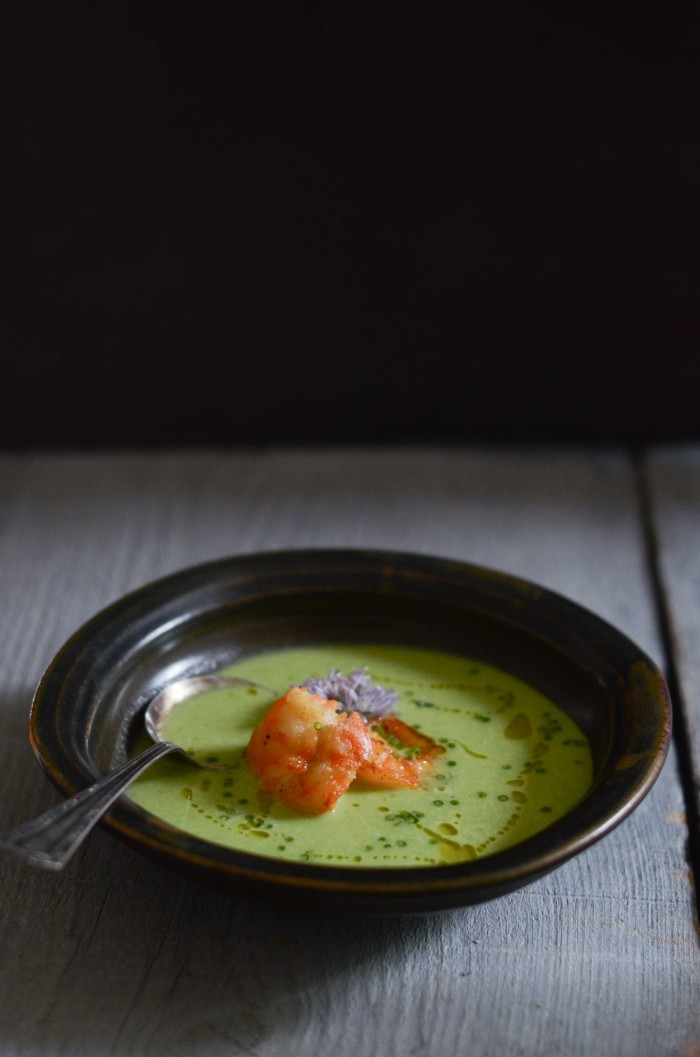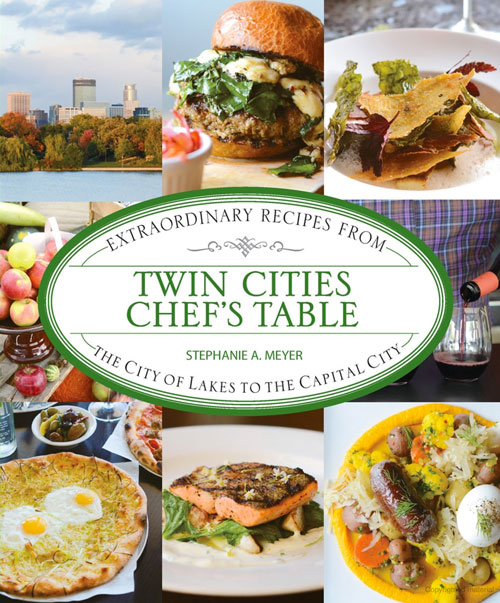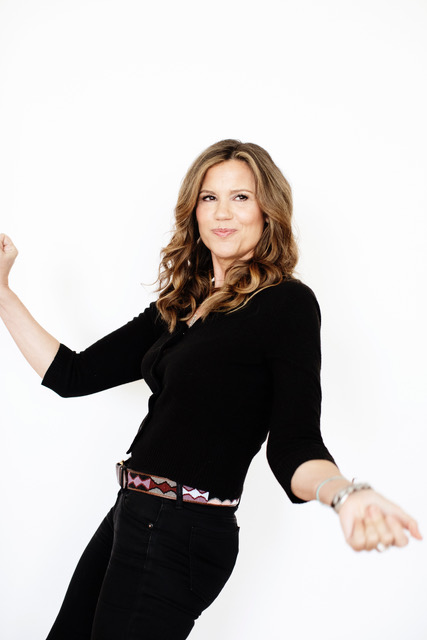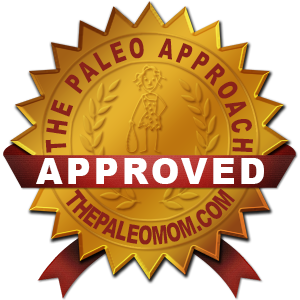Part I: Breaking Bad Patterns and Healing Green Broth | Paleo, AIP
 This is a different kind of post for me, although given the incredibly kind and deeply personal responses to my post describing why I’ve removed alcohol from my life, I thought I’d share some of my observations. Given my past, my age, and feeling seriously unwell for a few years, my focus has become creating the energy and strength and brainpower to live an active, delicious, and purposeful life. It scared the hell out of me to lose my health and I’ll never take it for granted again. I am lucky indeed to have it back.
This is a different kind of post for me, although given the incredibly kind and deeply personal responses to my post describing why I’ve removed alcohol from my life, I thought I’d share some of my observations. Given my past, my age, and feeling seriously unwell for a few years, my focus has become creating the energy and strength and brainpower to live an active, delicious, and purposeful life. It scared the hell out of me to lose my health and I’ll never take it for granted again. I am lucky indeed to have it back.
In retrospect, my health crisis was one of the best things that ever happened to me because it woke me the hell up. Actually, the last five years of my life have a been a slow – and often not very fun – process of waking up. It’s taken a divorce, losing my health, my son leaving for college, a thousand hours of study, two thousand hours of journaling, therapy, deep dives with my friends, endless experimenting, and leaving town to arrive in the place I am currently (which, by the way, is Boulder, Colorado).
With my eyes (mostly) open, this is what I’m seeing.
The change I want in my life comes down to breaking destructive patterns. Actually, that’s true for all of us. We are creatures of habit, our brains are habit creating machines, and while habits are often established unconsciously, we can wake up to them and change them.
For me, the most destructive unconscious pattern (and probably most common for children of addiction and other traumas) is pathologically avoiding discomfort (boredom, insecurity, upsetting thoughts, fear, confrontation, anger, etc.). Obviously we all do it (hello iPhone), and always have, to greater and lesser degrees. I’ve come to think of it as a continuum, actually, with people with extra-honed powers of avoidance and denial on the far end, and people who find it easier and less threatening to face difficulties and be vulnerable, direct, and open to change on the other. I’m probably not at the very farthest end, but I’m most certainly past the middle!
It’s a terrible pattern and I very specifically want to break it. It shows up as passivity, indirectness, people pleasing, rescuing others while hoping to be rescued, perfectionism, procrastination, passive-aggressiveness, avoiding vulnerability, avoiding change, emotional extremes (none and/or rage), and sometimes addiction. All are important coping mechanisms in the face of turmoil, especially as a child, when you don’t have much direct power to influence your surroundings. But turmoil doesn’t have to exist to create this pattern – it can be handed down through generations without people even realizing it.
Whatever the source – as an emancipated adult hoping to have connected and meaningful relationships, this pattern has got to go.
It’s a tricky business because many of these qualities are rather lovely, for awhile. Being accommodating, creating beautiful surroundings, rescuing people, putting a happy spin on everything – I don’t know about you, but I like being around people like this. We make wonderful hosts and hostesses and loyal and helpful friends. The problem is that challenges and unpleasant conversations either go unaddressed (procrastination, denial) or are dealt with indirectly or aggressively (passive-aggressiveness, guilt trips, shaming, panic, misdirected anger), because the the skills to cope effectively with them are underdeveloped. Also, for negative bonus points, we end up feeling taken advantage of and used.
The pattern is basically ignore, distract (with food, alcohol, social media, TV, etc.), deny, be externally perfect, accommodate everyone, be charming, manipulate with guilt, manipulate with rage, rescue and/or hope for rescue…until crisis ensues. Which it always does.
Does any of this sound familiar? It’s an exhausting and ultimately lonely way to live.
There are many names for this pattern. Co-dependency and co-addiction are two of them. There are literally a ton of resources if you start googling either of those terms. Some theorize that we’re all co-dependent to a degree and I can buy it. That makes it a pattern worth seeing for anyone who wants to improve their life and relationships. But if you’re downright struggling in intimate relationships, managing your health, parenting effectively, controlling anger, moving your career forward, or you too often find yourself reaching for food, alcohol, social media and other non-productive (and potentially destructive) ways to avoid discomfort, it might bear more study.
I was actually introduced to these concepts many years ago. When various members of my family went through treatment, the family therapy provided always included talking about co-dependency and the traps it can set in creating a healthy and vibrant life. I saw myself in some of this, and it was helpful, but honestly, I didn’t know myself well enough, and hadn’t lived enough life, to see a firmly established pattern.
Well I can see it now. HA. I’ve tried various techniques for unsticking myself over the years, some more successfully than others. The first and very most important step is to find a good therapist, especially if you’re having anger management problems. But good therapy can and should be supplemented with good self care. I’ll share with you what’s working right now:
- Journaling. A big part of this pattern is that many of one’s feelings and emotions are inaccessible (until they explode). I often don’t know how I feel about something for DAYS after an event. I’ve learned to recognize clues – a clenched stomach, being at a loss for words (not my usual state, lol), drawing a total blank. I’ve found that writing unlocks my reaction more quickly and helps me process it before I start talking – unproductively – about it.
- Meditation. I’m at the very beginning of this practice and isn’t that a shame. I always thought meditation was about clearing thoughts from one’s mind. NO. Meditation is about seeing the thoughts as just that – thoughts. Letting the discomfort and boredom and anxieties and difficult emotions rise and fall without fucking freaking out and acting impulsively on them or reaching for a distraction. It’s about working your brain like a muscle and training it to observe without reacting. Hallelujah. This should be taught in schools.
- Exercise. Working out was always about my body and physical appearance. Always. It hasn’t been until the last 10 years or so that I realized it was about my mind. I get dark and crabby fast if I don’t walk every day. Our brains need our bodies to move, the two are intricately intertwined. I respect this more than ever and I’ve learned that pushing my body – not insanely, but enough to, yep, experience discomfort and survive it – is imperative to strengthening my overall ability to not freak out and give up when things are hard. While I’m here in Boulder, I’m hiking almost every day. And going to yoga classes almost every day. That’s a powerful brain combination and I will carry that forward.
- Vulnerability. As a practice? YES. God I suck at this, it’s almost hilarious, except it’s not. Read anything by the amazing Brene Brown, a vulnerability researcher, you will not regret it. And then practice it. Find a safe and calm and loving person (or persons) and confide in them your fears and needs. I’ve spent my whole life pretending I had neither fears nor needs. It’s false safety. It means never feeling truly known or loved, which is devastating. It’s tricky, because children of trauma tend to choose partners who aren’t good at vulnerability either. Sometimes they’re not safe to confide in. Starting with a therapist is always a good plan, then branching out from there. I am very blessed to be surrounded by people who will listen and not judge me or punish me for my flaws and fears and I am so grateful that I have to stop right here, or I’ll sob for an hour and not write another word.
- Quit drinking. Eating crap. Watching TV. Social media. Shopping. Vanity. Perfectionism. Or any of the other ways we all avoid facing discomfort. You know yourself and what you use. You obviously don’t have to give up all fun, but be honest about what keeps you stuck. Maybe even unhealthy. Maybe even harming yourself. Food and alcohol are it for me. Changing my food paradigm from delicious decadence to delicious healing moved me miles ahead. Quitting drinking brought my actions in line with my values – in my life, alcohol has been a powerfully destructive force. It has hurt everyone I love. It was hurting my health, it’s empty calories, my life is more fun without it, I hated the example I was setting for my son, I hated that I drove under the influence, I hated acting like a fool in public, I hated that it got in the way of real connection with people I love, and with a clearer mind and conscience….I could finally see this pattern. If my goal is healing – and it obviously is – then consuming a toxin that even in small amounts harms body and brain no longer makes any sense at all. Basically, it feels damn good to no longer be a hypocrite.
- Act. Fear of failure and basically everything is programmed into children of trauma or anyone with co-dependent patterns. This will be my forever struggle: begin. Just start. Do something, do anything. Do first what I dread most. Ask for help. Procrastination is evil and powerful and the only way to slay the dragon is by 1000 small cuts. If I come up with better tips, I’ll share them, but for now, I pick something mildly uncomfortable and do it for 5 minutes. I go toward the discomfort. Whether it’s exercise, writing, paying bills, or having a hard conversation, I’ve found that I can handle the idea of 5 minutes, and it often organically leads to many more. Making myself accountable to someone else helps too, whether we do something together, or someone else is just counting on me.

It might seem ridiculous that breaking such a powerful pattern has a nutrition component but this work takes energy and creating energy takes fuel, particularly brain fuel. As unlikely as it sounds, we need a healthy gut to make the neurotransmitters that keep us stable, balanced, happy, and motivated. I’ll have more specifics in Part II: Breaking Bad Patterns but I’ll leave you with my now-familiar (and soon to be more familiar, oooh, a tease!) recipe for Healing Green Broth, a nutrient-dense powerhouse that heals and boosts energy and takes only a few minutes to make if you have bone broth on hand (you can now buy it). When I first stopped drinking, I used it in place of an evening cocktail, because I realized that what my body was craving was flavor and…yep, energy.
With love,
xoxo
Stephanie
Healing Green Broth (Paleo, AIP, Bone Broth)
Serves 2 in small mugs or 1 in a bowl
1 cup rich broth or stock
1 cup watercress or arugula leaves
2 tablespoons each chopped tarragon, chervil, and chives (or other favorite fresh herbs)
1 tablespoon freshly squeezed lemon juice (or more to taste)
1 tablespoon ghee or grass-fed butter (substitute extra-virgin olive or avocado oil for first stage of AIP)
Optional: MCT oil (if you’re new to using MCT oil, start with 1 teaspoon; if you’re a Bulletproof coffee aficionado, add a tablespoon or whatever your usual dose)
1 tablespoon collagen (VitalProteins and Bulletproof are both excellent brands, available online)
sea salt to taste
Heat broth until very hot.
While broth heats, put remaining ingredients except salt in a Vitamix or other high-powered blender. Pour broth into the blender and (carefully, especially when working with hot liquids) blend on high speed until pale green and frothy.
Season to taste with salt and additional lemon juice. Serve immediately.




